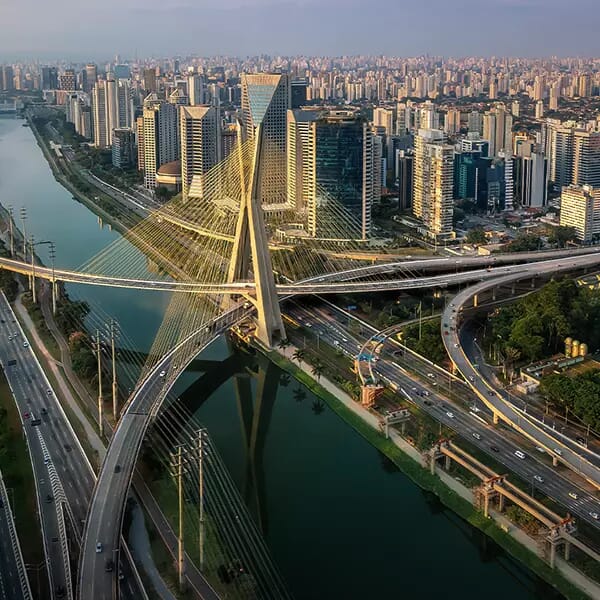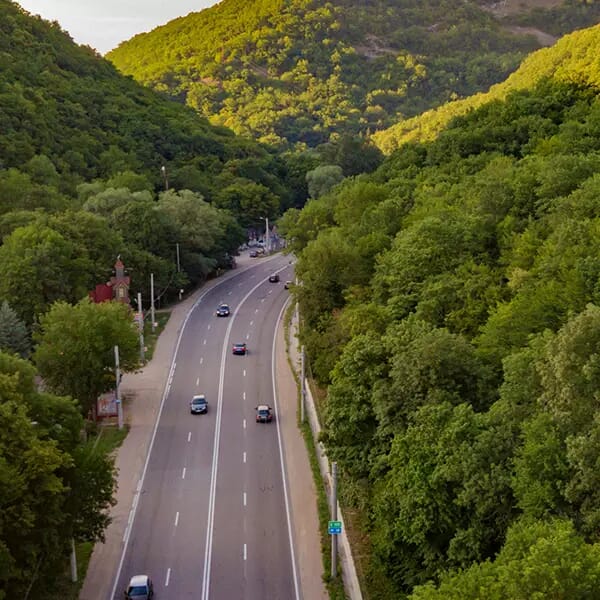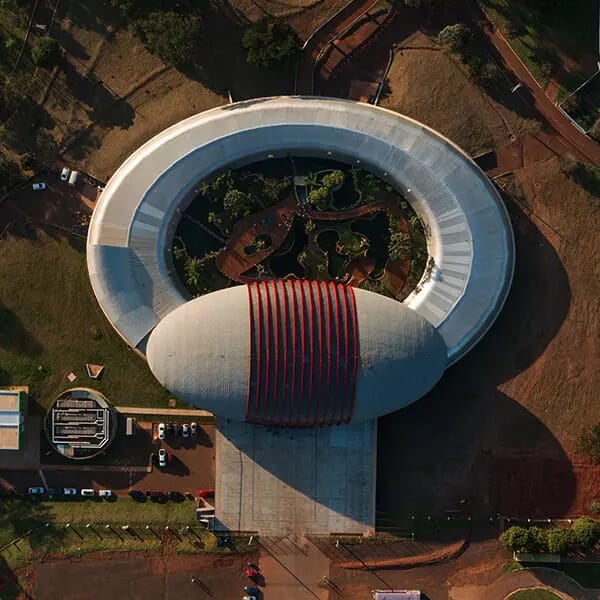 Rishabh-Pandoh / Unsplash
Rishabh-Pandoh / UnsplashLearnings from India’s Road sector monetisation
Monetisation of Roads
Efforts have already been initiated in the past year with 90,000 crore worth of assets being put to the market through either ToT, or InvIT etc. The governmental authorities have indicated that going forward, the focus is on identifying assets that are likely to be commissioned before 2023-24 and bring such assets into the monetisation web.
The government’s efforts towards monetisation of road assets are driven by the need to finance infrastructure and raising the efficiency of operations and maintenance of the assets. Bringing in the private players will help in achieving the efficiencies and also bring in innovative ways to make the most of the asset. There are a number of learnings on structuring the projects and risk allocations through monetization.
InvIT is a relatively newer model which is being explored by the authorities to achieve monetisation of the assets. One can expect more such models / methods to evolve in terms of securitisation of assets. The new NHAI InvIT is considered to be a platform and not just for monetizing the assets currently covered. The numbers for ToT and InvIT are quite ambitious and significantly higher.
In state government projects it is difficult to get state governments to work expeditiously on obtaining the clearances. The industry participants believe that the credibility of the state projects should be built to align it with central contracts.
Robust risk sharing is of utmost importance in monetisation of assets. Keeping up with the obligations of the support agreements is an important aspect to build the faith of the private players before they are involved in the monetisation of assets.
Road Assets Bidding Process
Bidding process in the recent past has been much smoother, the authorities have however altered the size of assets bundles and are creating smaller bundles for the bids. The industry participants have suggested increasing bundle size not only in terms of the number of assets but to also bring in geographical diversification of roads needed in a bundle (the initial ToT models are good examples).
To further incentivise private players, the authorities should consider a longer lease term. Longer concession period (50 years in case of airports is a favoured number) would incentivise the developers as it provides them a better possibility to recover and absorb the risks involved. Further, the industry participants believe that the economic rationale should be maintained while creation of bundles.
For e.g. Earlier the concessions by the Maharashtra state government, would have a tax incentive clause that would entice the developers to participate in the bids. A similar clause on tax incentives if incorporated into concessions would help boost the participation.
Promoting Domestic Investments
Domestic pension funds, insurance, foreign pension funds are the patient long term capital investors. Given their investment objective, they make the most favorable form of investments in the infrastructure sector. The Indian infrastructure has seen a good participation from the foreign pension funds and sovereign wealth funds, however, on the other hand the participation from the domestic pension and insurance fund has not been strong. The industry participants believe that the weak participation is due to the fact that they lack the requisite experience required to invest in the infrastructure sector directly. Getting domestic capital is an important aspect for the success of infrastructure development.
The confidence and competence of domestic funds can be increased through conducting learning programmes for them. The Government can partner up with various participants in conducting workshops for domestic pension funds, insurance companies that will help them move up the learning curve and start investing in the sector.
There have already been steps taken to enable non-government provident funds and pension funds to invest in AIF. Such changes to the regulations are a right move towards the intended direction.
Monetisation experience in other sectors
The Railway sector has been too slow in terms of monetisation. There is huge potential to be explored in the area of monetisation of the railway. Railway 2030 plan can only be achieved if monetisation is done. Further, steps have been taken with the railway station and private trains. It will build pace as we go by.
Airports are successful examples of asset monetisation that have resulted in significant improvements in utilisation, technology and quality as well as user experience. The operation of container berths adopted by private companies in monetisation of ports is also another success story for monetisation. Monetisation of assets makes available an important stream of finance with the government for greenfield assets and even brownfield assets to some extent.
Alternate Assets for Monetisation
The asset monetisation policy entails bringing newer asset classes such as warehousing, rolling stock, sewage and water recycling, railways, desalination, bus and metro stations as well as another non-core land up for monetisation.
In respect of the Asset monetisation policy, the government has indicated that by the end of April, a dashboard will be in place providing visibility for the investors. Assets worth around Rs. 2.5 trillion have been identified.
The authorities view REIT as an option for monetizing the commercial infrastructure available with PSU. Further, there are huge numbers of state and central government lands which can be monetized to a huge extent including land belonging to PSU such as ports, airports.
A sentiment shared by the participants is that asset monetisation can no longer be ignored by the sectors keen on development. The motto now is ‘Monetise and then Modernise’.



